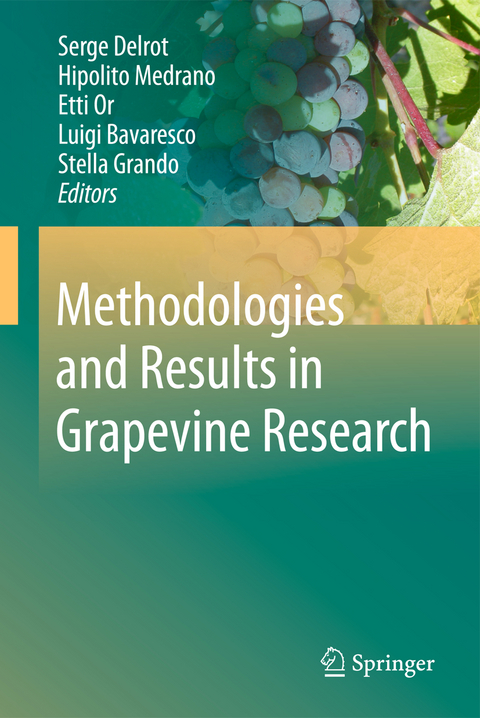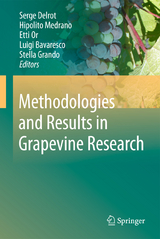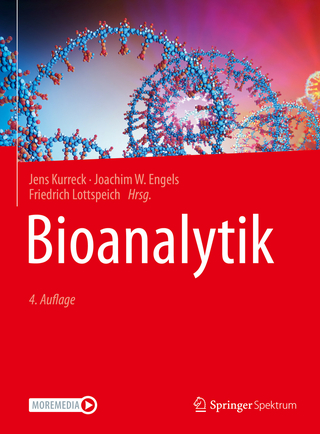Methodologies and Results in Grapevine Research
Grapevine is a crop of major economical interest, and wine represents a multicultural heritage which has been growing since several milleniums. Yet, modern viticulture must face several challenges. Global climate has increased berry sugar content (and alcohol in the wine) whereas phenolic and aromatic ripeness are not always achieved. Water supply is becoming shorter. New varieties better adapted to new climatic conditions might have to be planted, which may affect wine typicity. Phytochemical treatments are more controlled, and the consumer pays increasing attention to environmentally safe practices. New methods reducing pesticide use, but maintaining yield and typicity, must be designed.
The present book illustrates the recent progress made in ecophysiology, molecular and cell biology, and pathology of grapevine, as well as in precision viticulture and berry composition. Combination of these new tools with field observations will undoubtly make it easier to face the challenges described above. These multidisciplinary contributions will be of interest to anyone involved in grapevine and wine activities.
Grapevine Roots and Soil Environment: Growth, Distribution and Function.- Radiation Balance in Vineyards.- Vegetative Development: Total Leaf Area and Surface Area Indexes.- Vegetative Growth, Reproductive Development and Vineyard Balance.- Methodologies for the Measurement of Water Flow in Grapevines.- Methods for Assessment of Hydraulic Conductance and Embolism Extent in Grapevine Organs.- Comparison of Three Operational Tools for the Assessment of Vine Waterwater Status: Stem Water Potentialstem water potential , Carbon Isotope Discriminationcarbon isotope discrimination Measured on Grapegrape Sugar and Water Balance.- Gas-Exchange and Chlorophyll Fluorescence Measurements in Grapevine Leaves in the Field.- Measuring Water Use Efficiency in Grapevines.- Use of Thermal Imaging in Viticulture: Current Application and Future Prospects.- Grapevine Fruiting Cuttings: An Experimental System to Study Grapevine Physiology Under Water Deficit Conditions.- Nutritional Deficiencies.- Polyamines in Grapevine Research.- Field Assessment and Diagnostic MethodsDiagnostic methods for Detection of Grapevine VirusesViruses .- Real-Time PCRREAL-TIME PCR Detection Methods for Economically Important Grapevine Related Bacteria.- Field Assessment and Diagnostic Methods for Detection of Grapevine Phytoplasmas.- NICTNICT : New Tools to Control Phytochemicalphytochemical Treatments and Traceabilitytraceability .- Isolation and Use of Protoplasts from Grapevine Tissues.- RNA Extraction from Grapevine Woody Canes for Gene Expression Analysis by Real-Time RT-PCR.- A Method for Isolating Total RNA from Mature Buds and Other Woody Tissues of Vitis Vinifera.- RNA Extraction from Young, Acidic Berries and Other Organs from Vitis Vinifera L.- Transcriptomics Analysis Methods: Microarray Data Processing, Analysis and Visualization Using the Affymetrix Genechip® Vitis Vinifera Genome Array.- VisualisationVISUALISATION of Transcriptomic TRANSCRIPTOMICS s Data in Metabolic Pathways.- Small RNA ExtractionSmall RNA Extraction and Expression Analysis by Northern BlotNorthern Blot .- A Rapid and Efficient Method for Isolating High-Quality Total Proteins from Mature Buds and Other Woody Tissues of Vitis Vinifera.- Expression Analysis in Grapevine by In Situ Hybridization and Immunohistochemistry.- Marker Development for Important Grapevine Traits by Genetic Diversity Studies and Investigation of Differential Gene Expression.- Phenolic Maturity in Red Grapes.- Aromas in Grape and Wine.
| Zusatzinfo | XVII, 448 p. |
|---|---|
| Verlagsort | Dordrecht |
| Sprache | englisch |
| Maße | 155 x 235 mm |
| Themenwelt | Naturwissenschaften ► Biologie ► Mikrobiologie / Immunologie |
| Technik ► Lebensmitteltechnologie | |
| Technik ► Umwelttechnik / Biotechnologie | |
| Weitere Fachgebiete ► Land- / Forstwirtschaft / Fischerei | |
| ISBN-10 | 90-481-9282-X / 904819282X |
| ISBN-13 | 978-90-481-9282-3 / 9789048192823 |
| Zustand | Neuware |
| Haben Sie eine Frage zum Produkt? |
aus dem Bereich




